24 March 2025
Gaming has evolved beyond simple one-time purchases. Today, there’s an ever-growing shift toward live-service games with season passes offering enticing rewards, fresh content, and unique experiences. But have you ever stopped to wonder how these season pass roadmaps come to life? It’s not just about slapping some items on a calendar and calling it a day. Nope, it’s a meticulous, almost artistic process backed by data, creativity, and yes, a fair share of coffee-fueled brainstorming sessions.
In this article, we’re going behind the curtain to uncover how developers craft these intricate season pass roadmaps. Trust me, once you see what’s involved, you’ll never look at your favorite battle pass the same way again. Ready? Let’s dive in! 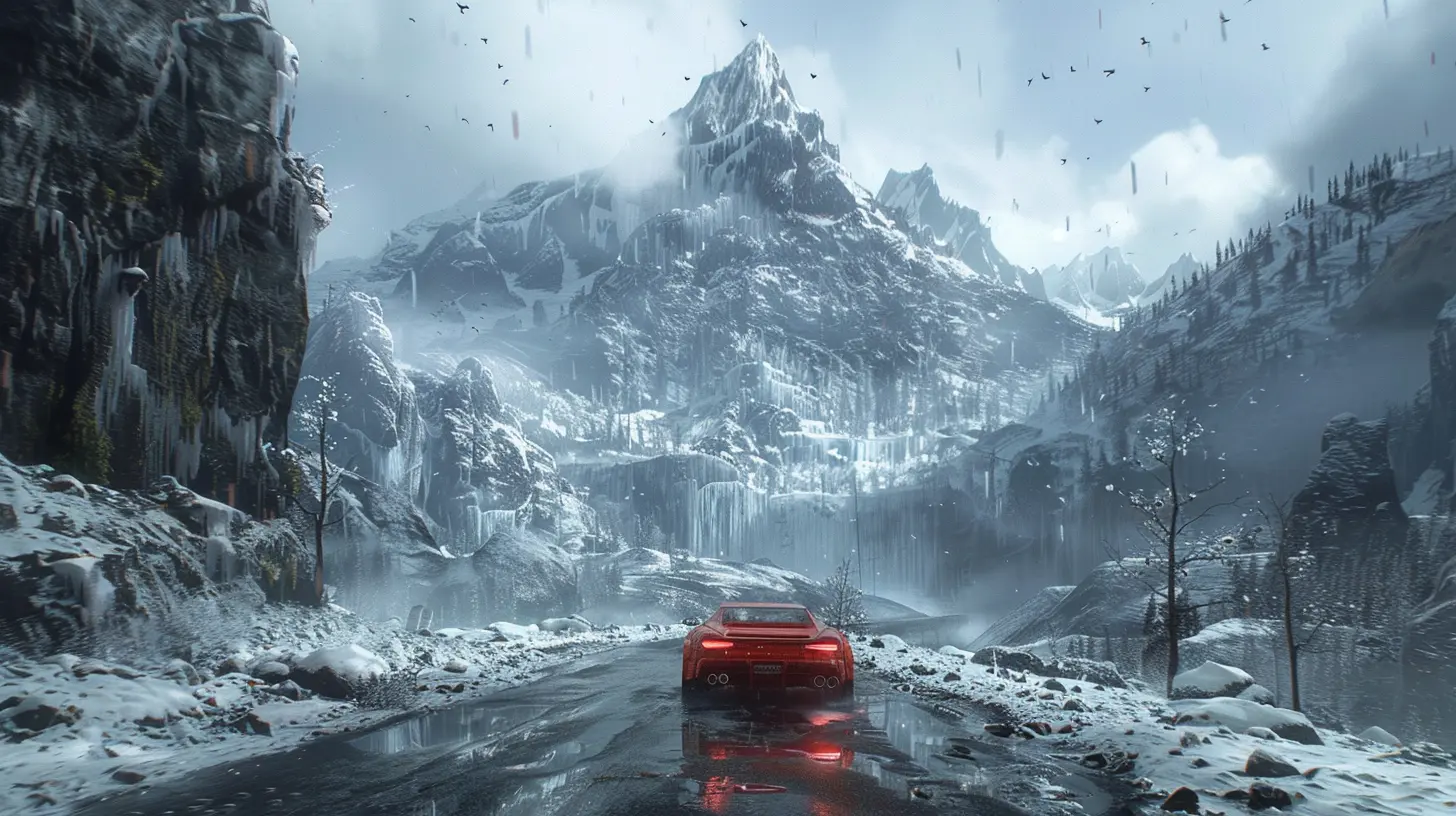
Why Season Pass Roadmaps Matter
Before we get into the nitty-gritty, let’s address the big question: why do developers even bother with season pass roadmaps? The answer is simple: player engagement and retention.Think about it—what keeps you coming back to a game? Sure, gameplay matters, but having something to look forward to is the cherry on top. Whether it's unlocking a shiny new weapon skin, earning an exclusive costume, or discovering new storylines, a well-designed season pass gives players a reason to log in regularly.
For developers, season pass roadmaps are marketing goldmines. They act as a blueprint, laying out a steady stream of content and ensuring players remain hooked for weeks or even months. But pulling off a successful roadmap? That’s a whole different ballgame. 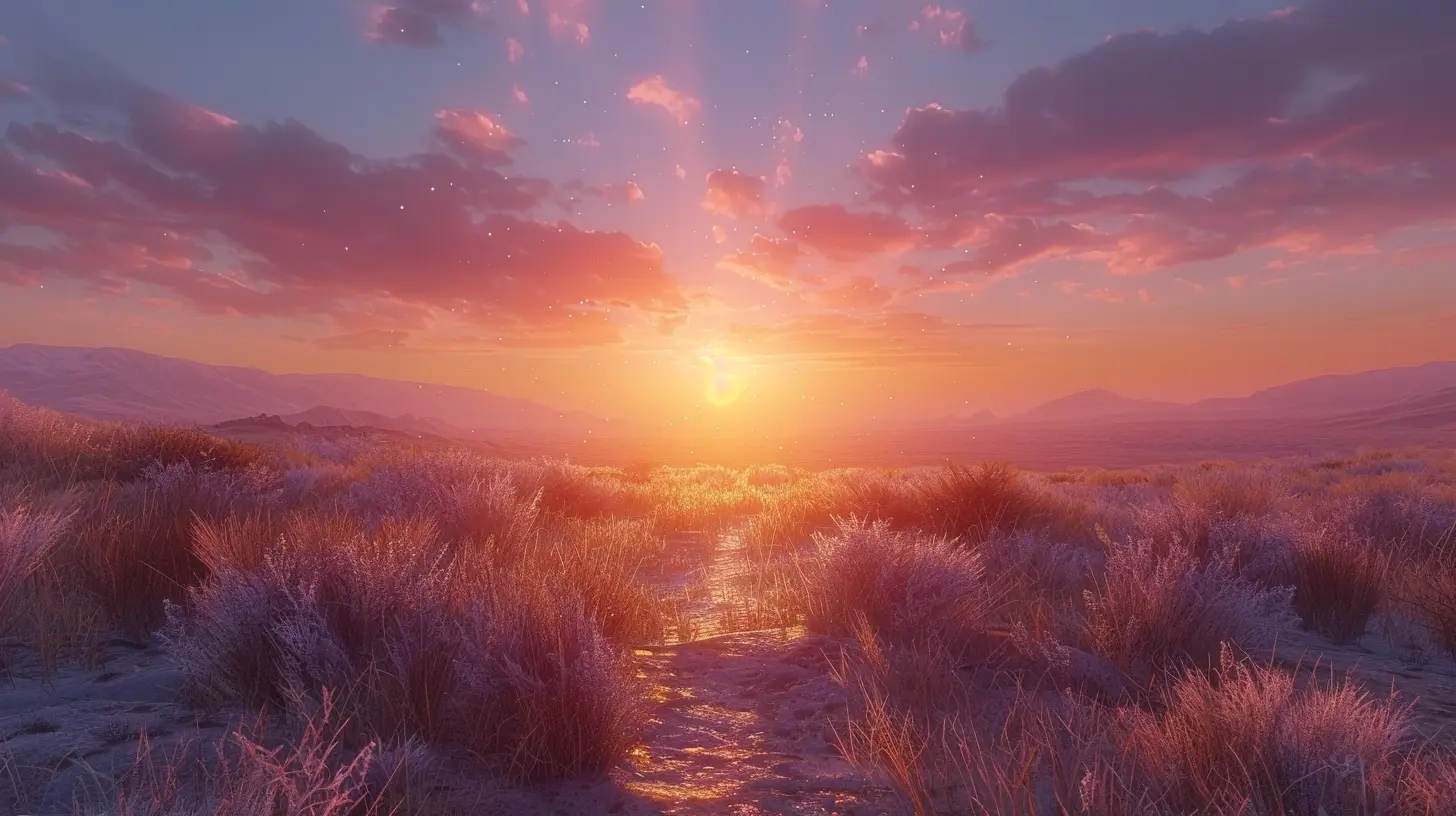
Step 1: Listening to the Community
Let’s not sugarcoat it—game developers aren’t mind-readers. To create a roadmap that resonates with players, they rely heavily on feedback from the community.Ever filled out a post-game survey, participated in a forum discussion, or tweeted your wishlist to a game's official account? Yep, developers are watching (in a totally non-creepy way). They analyze feedback to figure out what players want more of, what’s frustrating them, and where the game is missing the mark.
Take "Fortnite" as an example. Epic Games constantly tweaks their season pass offerings based on what players engage with most—be it new emotes, flashy skins, or innovative game modes. Here’s the kicker: listening to the community is only half the battle. Developers also have to balance those requests with what’s realistic and feasible. Sorry, no, you can’t have a unicorn that shoots lasers in every game. 
Step 2: Setting Objectives
Once developers know what players want, they set objectives for the season pass. And let me tell you, these goals aren’t as simple as “make cool stuff.”Developers start by asking themselves key questions:
- How do we keep players coming back throughout the season?
- What rewards will appeal to both casual and hardcore players?
- Can we introduce new mechanics without breaking the game?
It’s like baking a cake—you need the right mix of ingredients, or the whole thing falls apart. Developers aim to strike the perfect balance between fun, challenge, and reward. Too grindy? Players will quit out of frustration. Too easy? It’ll feel like handing out participation trophies. 
Step 3: Brainstorming Themes and Narratives
Now that objectives are in place, it’s time to get creative. This is where themes and narratives come into play. Ever notice how most season passes seem to have a central theme—like “space exploration,” “cyberpunk dystopia,” or “medieval fantasy”? That’s not a coincidence.Theming isn’t just for show; it creates a cohesive experience that keeps players immersed. For instance, if the theme is “pirates,” you might see ship-based missions, treasure-hunting challenges, and pirate-themed cosmetics. It’s like tying a bow on a present—it makes the whole package feel complete.
Developers brainstorm these ideas internally during workshops (and sometimes over pizza-fueled late nights). They ask questions like:
- What story do we want to tell this season?
- How can gameplay elements support the theme?
- Are there any cultural or real-world trends we can draw inspiration from?
It’s a collaborative effort, blending art and storytelling with gameplay mechanics.
Step 4: Building a Content Calendar
Once the theme and goals are locked in, developers roll up their sleeves and build a content calendar. Think of it as the backbone of the season pass—it lays out what content drops when.Content calendars often include:
- Major Milestone Rewards: These are the BIG prizes—think legendary items or exclusive skins.
- Weekly Challenges: Smaller tasks that encourage consistent engagement.
- Special Events: Limited-time modes, double XP weekends, or seasonal festivities.
Timing is everything here. Developers need to pace the content to ensure excitement stays high throughout the season. Too much upfront? Players will burn through it and get bored. Spread too thin? People will lose interest. Finding the sweet spot requires lots (and I mean LOTS) of trial and error.
Step 5: Balancing Progression
Ah, progression. The soul of any good season pass. Developers spend countless hours tweaking progression systems to ensure they’re both rewarding and achievable.Here’s how they do it:
1. Analyze Player Data: Developers look at past seasons to see how quickly players completed objectives.
2. Adjust Difficulty: They aim to create a progression curve that feels challenging but fair.
3. Incorporate FOMO: Let’s be real—fear of missing out is a powerful motivator. Developers sprinkle in rare, time-sensitive rewards to keep players coming back.
But there’s a catch. Progression systems must cater to different types of players. Some people can play for hours every day, while others can only log in on weekends. Developers juggle these varying playstyles like a circus act, trying to keep everyone happy.
Step 6: Testing and Iteration
Creating a season pass roadmap isn’t a “one and done” kind of deal. Developers test their ideas extensively before launch to ensure everything runs smoothly.Internal playtesting is a big part of this process. Teams simulate the player experience, running through challenges, unlocking rewards, and gauging how fun it all feels. But they don’t stop there. Some games also roll out public test servers or beta versions, allowing players to try out content early and provide feedback.
Based on these tests, developers tweak everything from item stats to challenge requirements. It’s a process of constant iteration—like sculpting a piece of art, chipping away until it’s just right.
Step 7: Launch Day and Beyond
Finally, after months of hard work, the season pass goes live. But guess what? For developers, the grind doesn’t stop there.Post-launch, teams closely monitor player behavior and feedback. Are certain rewards too hard to unlock? Is a particular challenge broken? Developers are constantly patching and updating the game to fix any issues that pop up.
And then? It’s back to square one—preparing for the next season. Game development is a never-ending cycle of creativity, analysis, and refinement.
Final Thoughts
Crafting a season pass roadmap isn’t just about slapping together pretty graphics and shiny rewards. It’s a deep, collaborative process that blends player feedback, creative storytelling, data analysis, and a dash of trial and error.So the next time you’re grinding through a season pass, remember the Herculean effort that developers put into making it worth your while. They’re not just creating content; they’re building experiences designed to keep you coming back for more. And hey, isn’t that the magic of gaming?

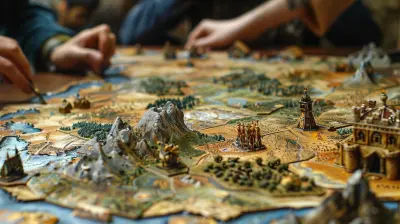

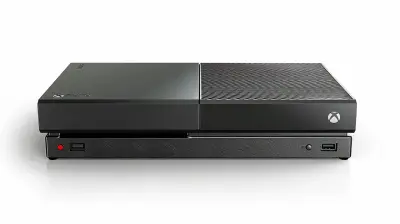
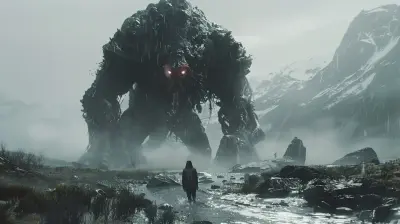


Matilda McBride
Ah, the Season Pass Roadmap: where developers plot their course like a treasure map, leading us to loot, laughter, and the occasional detour to the Land of Unfinished Bugs. Adventure awaits—if we can just find the ‘X’!
April 1, 2025 at 4:12 AM